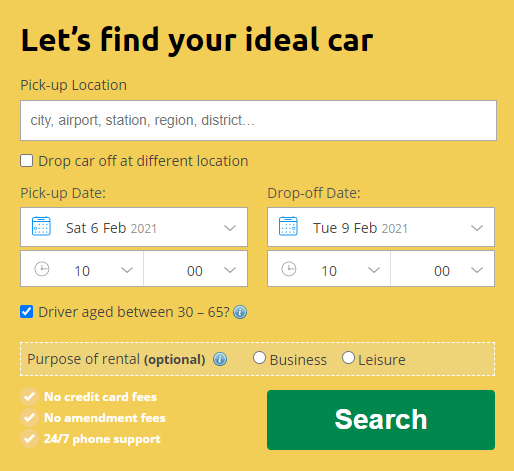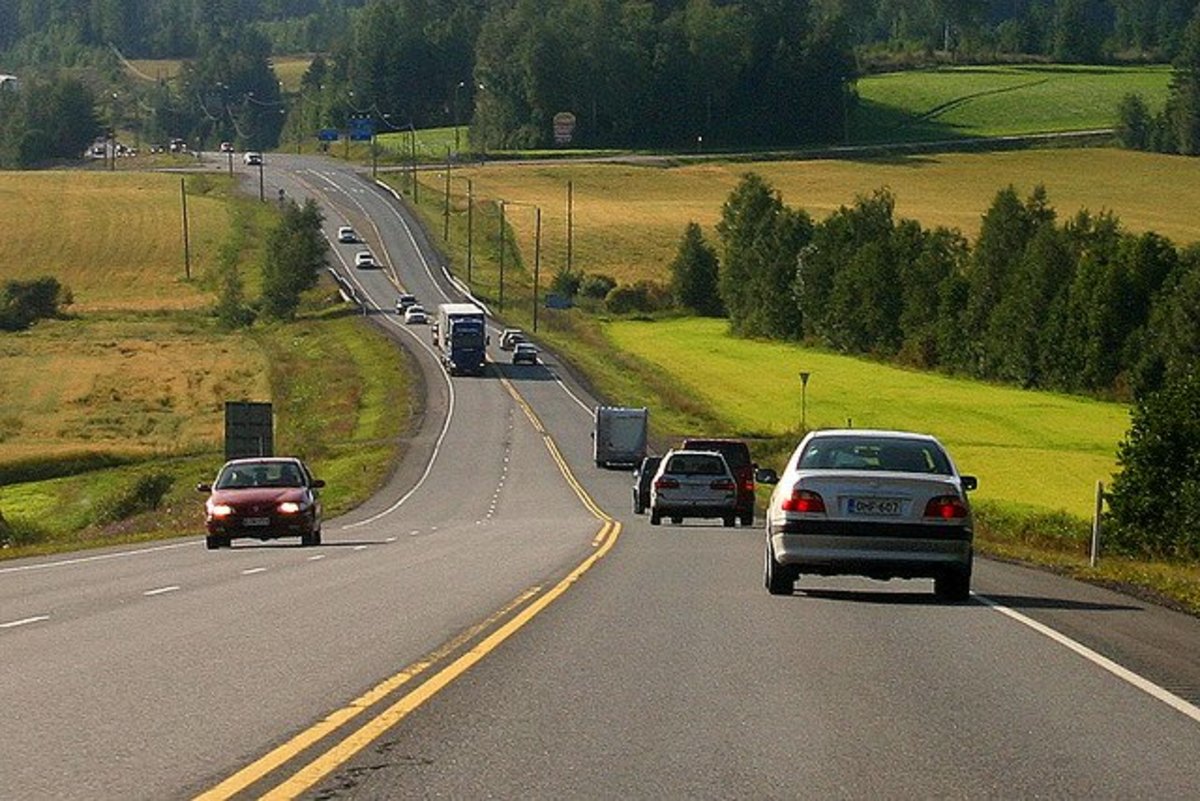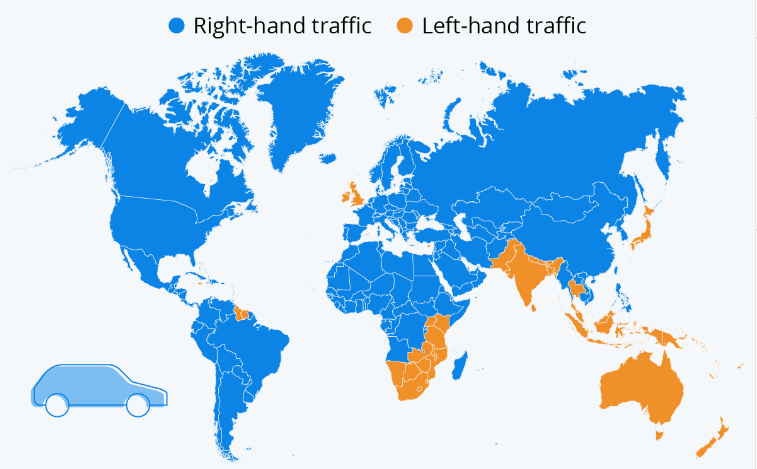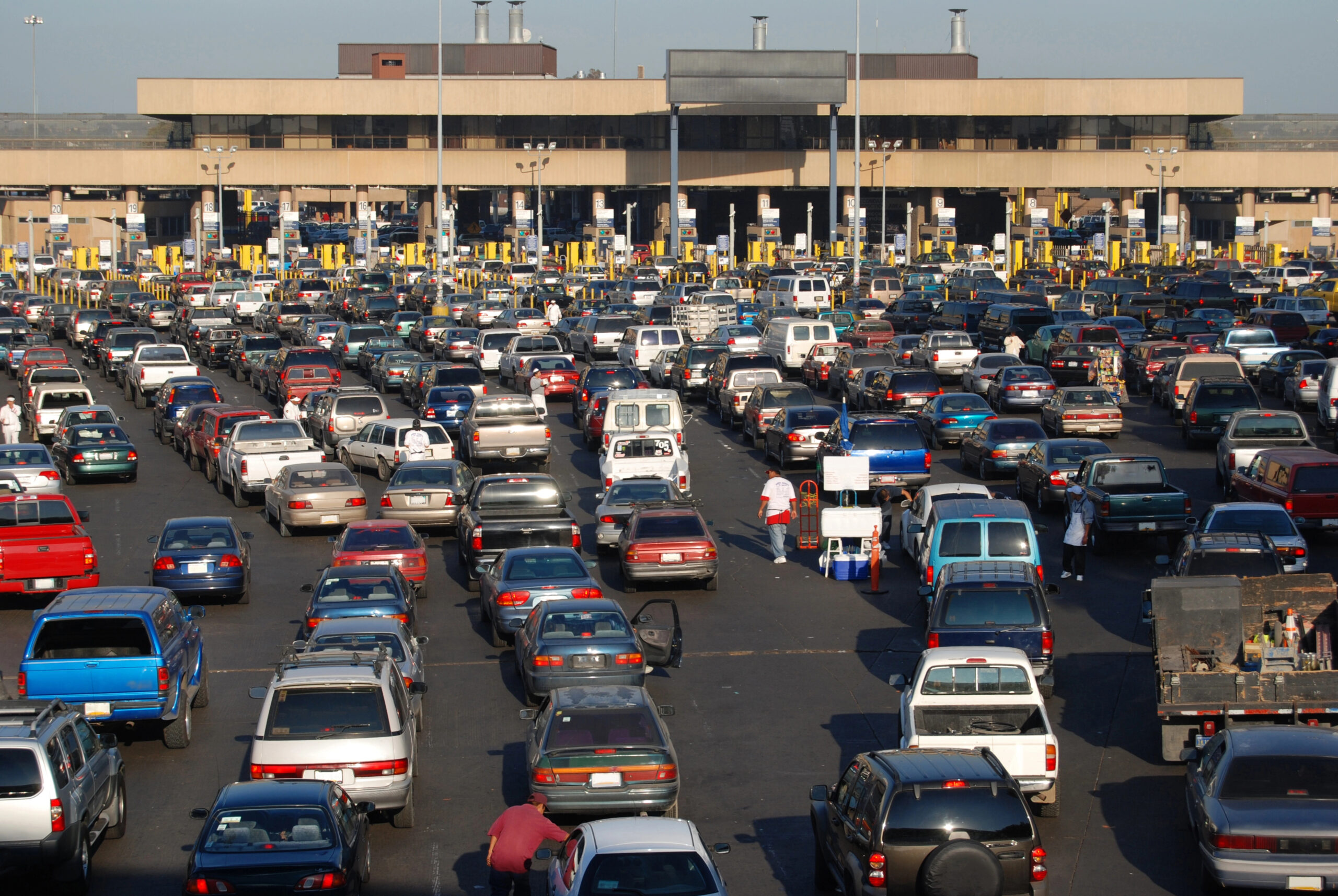Yes. Insurance for a single day is available.
Driving In Canada – The Complete Guide
PUBLISHED ON Jan, 20 2023

Planning a trip to Canada and considering renting a car? In addition to comparing car rental prices in Canada that will save you hundreds of Dollars, we have gathered important information and useful tips on car rental in Canada and driving in Canada – including useful information about traffic laws from flashing green light in Ontario to traffic signs in Quebec.
Renting a car in Canada can be much cheaper and easier than you imagined. Your journey starts by using a price comparison engine for car rental, that will find you the cheapest prices for the car model you are interested in. Simply fill out the form, select Canada in the country field and then the city where you will want to book car rental in Canada from a list of dozens of cities in Canada, which includes all major cities, like Toronto, Montreal, Vancouver, Ottawa, Quebec City, and many other cities in Canada. Finally, select a pick-up station within the city, enter the desired dates for booking a car rental in Canada, click “Search” – and choose the cheapest offer for the car model you are interested in.

Car Rental In Canada – Important Tips and Useful Information
Many tourists who come to Canada choose to rent a car. Although car rental in Canada is relatively expensive if you are traveling alone, it is an affordable option if you are flying to Canada with friends and sharing the price or coming to Canada with children for a family trip. In general, if you really want to see the landscape and forests of Canada, other than big cities like Vancouver, Toronto and Montreal, it is recommended to rent a car. In the big cities – Montreal, Toronto and Vancouver, it is highly recommended to use public transportation as an alternative to driving.
There are quite a few limitations and disadvantages that need to be known before booking a car rental in Canada – here are some of them:
The fees for returning the rented vehicle elsewhere than the one from which it was picked are usually very high.
A trip called “unlimited” may actually be limited to the county in Canada where you rent (check the conditions carefully). If this restriction applies and involves a fee per mile of travel in another county, and you pass into another county (even for just a few miles) the car rental company in Canada will calculate the fine for the entire day of travel (usually up to 200 miles per day).
Travel is usually only allowed on paved roads (most rental companies will not actually restrict you but the insurance and road services are not valid off-paved roads).
Contrary to popular car rentals in Europe, there are no non-automatic rental cars in Canada – do not even bother to look.
Canada is one of two states (the other being the US) where the legal driving age is very low: the age range is 14-16. The province of Alberta is one of the places in the world with the lowest minimum driving age, 14.
Unlike in the US, fuel is sold in liters rather than gallons (in July 2017 a liter of fuel cost about 1.07-1.10 Canadian dollars) in most urban areas of Canada (cheaper in Alberta). Fuel prices usually rise in March, towards the summer season. During the year, prices are about 50% higher than in the US.
Take note of the 407 / ETR (Express Toll Route) in the province of Ontario, which encircles the entire north side of Toronto – Route 407 is an electronic toll road (the only privately owned road in Canada), which means the toll is charged according to the license plate number. Check with the company through which you booked a car rental in Canada regarding the use of this road, as there are companies that add their own fees that can easily double or triple the original fee.
In some provinces in Canada there are many traffic light cameras and fines are charged according to the license plate when the vehicle is caught passing a red light or traveling at excessive speed. Keep this in mind if you want to avoid hefty “handling fee” on your credit card statement.
Driving Rules in Canada
What side of the road do Canadians drive on?
According to Canadian driving laws, driving is on the right side of the road, as in Europe. Canada is a modern country with good road infrastructure and courteous drivers, which makes the driving not relatively complicated.
The Canadians use the metric method as in Europe, so the distances are measured in meters and kilometers.

Who has right of way?
Overall, traffic laws in Canada are similar to traffic laws in Europe: Pedestrians have the priority at intersections and crossings, provided they cross according to the rules. In Canada, one should always give a right of way to a police car, firefighter or ambulance when their emergency lights are on. If they come from behind, you must stop at the side of the road on the right. When traveling alongside an emergency vehicle (including tow trucks in many counties), you should slow down to a speed of 60 mph or less on any lane traveling along the lane where the emergency vehicle is. In winter, a flashing blue light usually indicates that it is a snow removal vehicle. Such vehicles use a flashing yellow light in Western provinces.
What is the speed limit in Canada?
The speed limit in Canada varies from province to province, usually around 100-110 km/h and speed enforcement is done using radar. In Eastern Canada drivers tend to travel at excessive speeds – it is better not to take the risk, you are not local, take your time and enjoy the road.
Alcohol driving limit
Some districts limit the amount of alcohol in the blood to 0.05% while driving. The overall national limit is 0.08%. A foreign citizen who breaks the law and is caught driving with more blood alcohol than allowed, will be heavily fined and even deported. In some counties, such as British Columbia and Alberta, police officers may temporarily confiscate vehicles if the driver is found to have between 0.05-0.08% blood alcohol content, even if the amount does not exceed the permitted national amount. Most counties have “stop” programs where police officers are stationed at various checkpoints, usually at night. At these points, police officers stop drivers to see if they are drunk or not based on their reaction. Be wary of the random check and you will be able to pass in a matter of seconds, although you may be asked to present a license (you should also make sure the rental forms are available).

How to Drive in Canada
Canada is divided into autonomous provinces, each with slightly different driving rules. We’ve outlined below the important rules you need to know when driving in Canada between the different counties:
In many provinces of Canada (except Montreal), turn right (after a stop) at a red light. Drivers may also turn left after stopping at a red, if they are turning onto a one-way street from another one-way street.
In the province of Quebec, the wording are in French, but most of the time the signs are identical to those accepted in the world.
Private cars that turn on green flashing lights in the province of Ontario belong to volunteer firefighters who respond to emergency calls, and you must give them a priority just like a fire truck with flashing red lights.
In many counties, including British Columbia, drivers are required to slow down and cross an unpaved lane to overtake an emergency vehicle that has stopped on the side. Slowing up to 60 km/h is the norm on the highway.
The use of a hand-held telephone while driving is prohibited in Canada in all counties. The last district to pass the ban was New Breswick in 2011. Yukon is also considering passing the ban. The use of the headset while driving is permitted all over Canada, although the Canadian Automobile Association demands that this option be outlawed as well. In some counties, such as Alberta, there are laws that extend this basic prohibition by laws relating to driving distractions, which prohibit activities such as looking at a map while driving and operating a GPS device.
Note: In British Columbia a green light that flashes slowly means that the traffic light is green, but the traffic light is activated by a pedestrian. The light will remain flashing green until a pedestrian presses a button to cross the road. In Ontario, Quebec and Nova Scotia, green light flashes fast Indicates that you must turn (left) while the traffic in front of you is at a red light.
In British Columbia, on many roads, especially mountain passes, it is mandatory to put on winter tires or travel with a snow chain from October 1st to April 30th.
In Quebec, winter tires must be used on all taxis and vehicles from December 15 to March 15 (note that this only applies to vehicles registered in the county, tourists traveling to the county are allowed to use regular tires).
In Ontario, driving over 50 km / h above the speed limit is considered RACING (competitive style driving) or STUNT DRIVING and will lead to immediate confiscation of the vehicle (usually for 7 days), regardless of the identity of the driver, Even if the vehicle is rented. In addition to fines and possible suspension of the license, the driver is also responsible for towing and vehicle storage charges.
Insurance on Rental Cars
The risk of having a car accident is higher when driving in a foreign and unfamiliar country is higher than in your home country. CarInsurent seeks to help customers get a comprehensive policy with no hidden costs. In general, we strive to reduce the deductible to zero.
If you choose to insure the car rental in Canada with our USA & Canada Car Hire Excess Insurance, in case of damage you will pay the amount to the car rental company and file your zero deductible claim through carinsurent.com.
We hope that the guide was useful and wish you a safe trip.
See How Much You Can Save on Your Car Rental Insurance
Get StartedTravel Tips and Guides

Worldwide Drive: Explore Right-Hand Traffic Countries and How to Adjust to Driving on the Right
Gil Farkash

Countries That Drive on the Left: Find Out Which Countries Drive on the Left Side of the Road
Gil Farkash

Driving in Mexico: Rules, Tips & Requirements
Gil Farkash
Frequently Asked Questions (FAQ)
No. We provide a single journey plan. You are covered from the time you pick up the rental car up to the time you return it or on the last date written on your Certificate of Insurance, whichever comes first.
No. You should purchase a policy before starting your travel.
Find the answers you’re looking for to the most frequently asked car hire insurance questions as well as other questions relating to our products and services.
